Planning Your Visit
Opening Times: The Louvre is open every day of the week except Tuesdays.
Monday, Wednesday, Thursday, Saturday, and Sunday: 9am to 6pm.
Friday: 9am to 9:45pm.
Aside from Tuesdays, the museum is also closed on January 1st, May 1st, and December 25th. It's open on all other holidays (unless they fall on a Tuesday).
The last entry is one hour before closing time. They'll start announcing that the museum is closing 30 minutes prior to closing and ask you to make your way out.
- all visitors under the age of 18 and 18-25 year-old residents of the European Economic Area (EU, Norway, Iceland, and Liechtenstein)
- holders of a valid ‘Pass Education’ card
- teachers of art, art history, and the applied arts (proof of subject taught required)
- artists affiliated to the Maison des Artistes (in France) or the IAA (International Association of Art)
- holders of a valid ICOM or ICOMOS card
- job seekers and people on income support, on presentation of proof of entitlement (dated within the last year or indicating a period of validity)
- visitors with disabilities and the person accompanying them
Admission is free for all visitors on the first Friday of the month after 6 p.m. (except in July and August) and on July 14th (unless it falls on a Tuesday, when the museum is closed).
Even if you are entitled to free admission, it's advised to book a time slot in advance to make sure that you can get inside the museum. To do so, go to the online ticketing service, choose a time slot and select the ‘free admission’ option.
Getting There
It's easily accessible by public transportation, including the metro (Palais-Royal-Musée du Louvre station) and various bus routes.
Entrances
1. Pyramid Entrance (Main Entrance)
- Location: The most iconic entrance to the Louvre is through the glass pyramid in the Cour Napoléon courtyard. This entrance leads directly into the museum's main lobby.
- Accessibility: The pyramid entrance is easily accessible and is often the busiest entrance due to its central location and symbolic significance.
- Features: Inside the pyramid, you'll find ticket counters, information desks, and the starting point for guided tours. The lobby area also houses shops, cafés, and restrooms.
- Tip: Arrive early or later in the afternoon to avoid the peak crowds at this entrance.
- Location: Located underground near the Louvre Pyramid, the Carrousel du Louvre entrance can be accessed from the Rue de Rivoli or the Place du Carrousel.
- Accessibility: This entrance is convenient for those coming from the Louvre-Rivoli metro station or arriving via the Rue de Rivoli. It offers shelter from inclement weather due to its underground location.
- Features: The Carrousel du Louvre has shops, restaurants, and direct access to the Louvre Museum without needing to queue outside.
- Tip: Consider using this entrance during rainy or cold weather, as it provides a comfortable indoor waiting area before entering the museum.
- Location: The Porte des Lions entrance is located on the southern side of the Louvre, near the Seine River. It's named after the lion sculptures flanking the entrance.
- Accessibility: This entrance is less known and can offer shorter queues compared to the main pyramid entrance. It's a good option for those exploring the Left Bank or arriving from the riverbanks.
- Features: The Porte des Lions entrance leads directly into the museum's Richelieu Wing. It's convenient for visitors interested in exploring this section first.
- Tip: Check the Louvre's website or inquire locally to confirm opening hours and accessibility of this entrance, as it may have specific operating times.
- Location: Located on the Rue de Rivoli side of the Louvre, the Passage Richelieu entrance provides access to the Richelieu Wing of the museum.
- Accessibility: This entrance is convenient for visitors coming from the Rue de Rivoli or nearby metro stations. It provides direct access to the Richelieu Wing's collections.
- Features: The Passage Richelieu entrance may have its own ticketing counters and information desks, depending on the current arrangements at the museum.
- Tip: If you're primarily interested in the artworks housed in the Richelieu Wing, using this entrance can save you time and effort.
Choosing the Right Entrance: When deciding which entrance to use at the Louvre, consider factors such as your location in Paris, the time of day, and your itinerary within the museum. The main pyramid entrance offers the classic Louvre experience and easy access to central amenities, while alternative entrances like the Carrousel du Louvre and Porte des Lions provide convenience and potentially shorter waiting times. Whichever entrance you choose, planning ahead and checking current conditions can help you maximize your time exploring the magnificent Louvre Museum in Paris.
Navigating the Museum
Less Crowded Areas: While the Mona Lisa attracts large crowds, other wings and galleries are quieter. Explore lesser-known sections like the Richelieu and Denon wings for a more peaceful experience.
Must-See Artworks
Practical Tips
Photography: Photography is allowed in the Louvre except in temporary exhibitions. Be respectful of other visitors and museum regulations.
Restaurants and Cafés: The Louvre has several dining options, including the Café Richelieu and Café Marly, which offer a range of French cuisine and stunning views.
Beyond the Art
The tip of the pyramid is suspended 4.6 feet above floor level. Directly below the tip of the downwards-pointing glass pyramid, a small stone pyramid (about 3.3 feet) is stationed on the floor, as if mirroring the larger structure above.
Etiquette and Respect
Quiet Zones: Some areas of the museum, especially near sensitive artworks, may request silence or quiet conversation. Respect these guidelines for a more contemplative experience.

























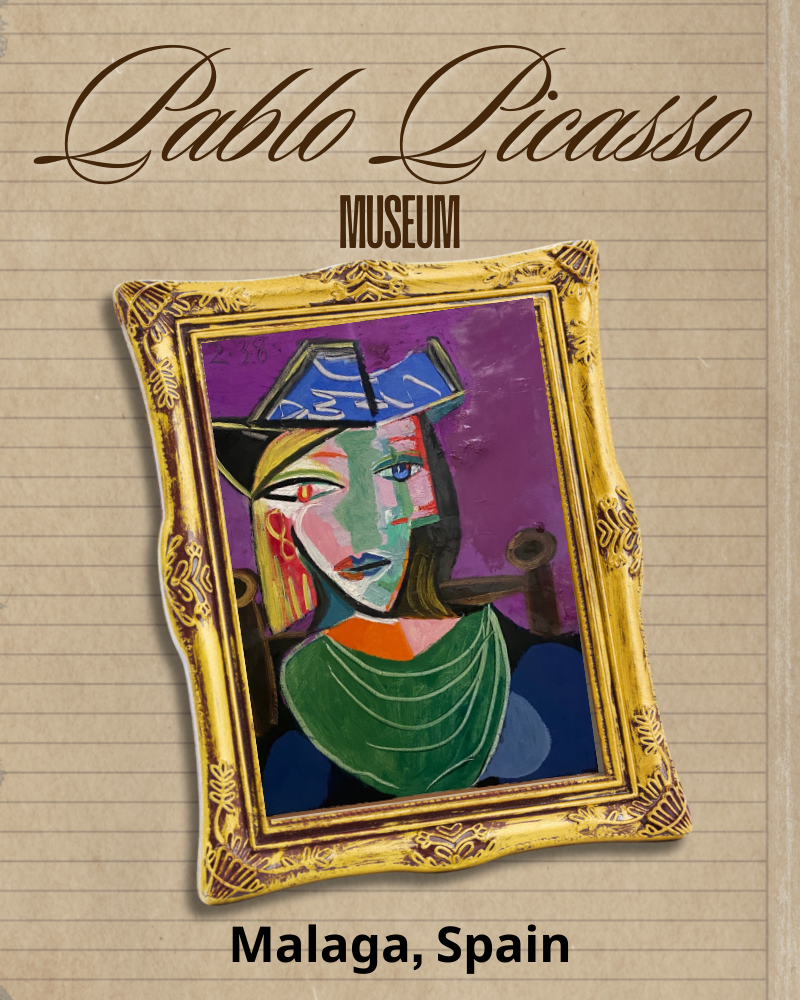
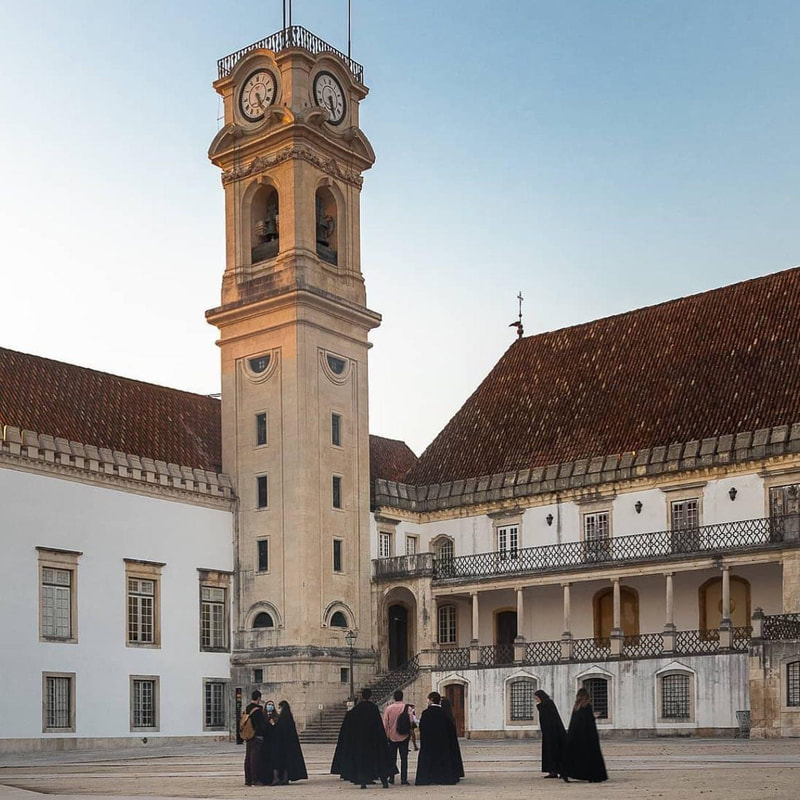
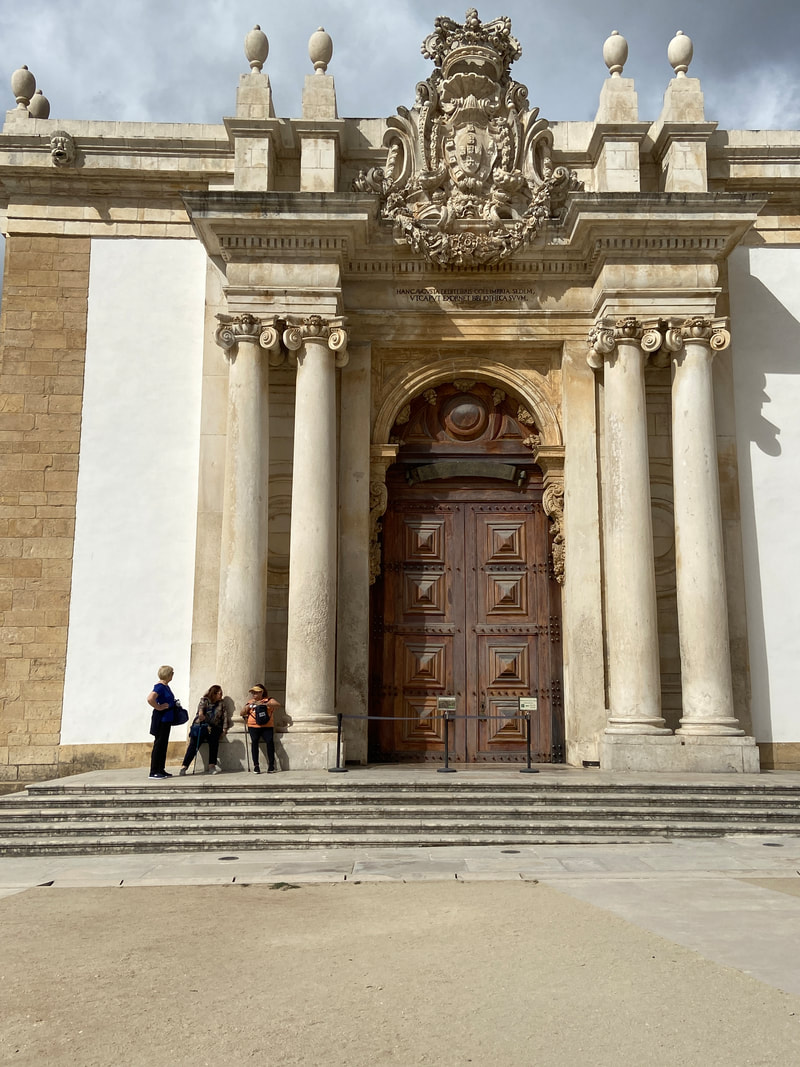
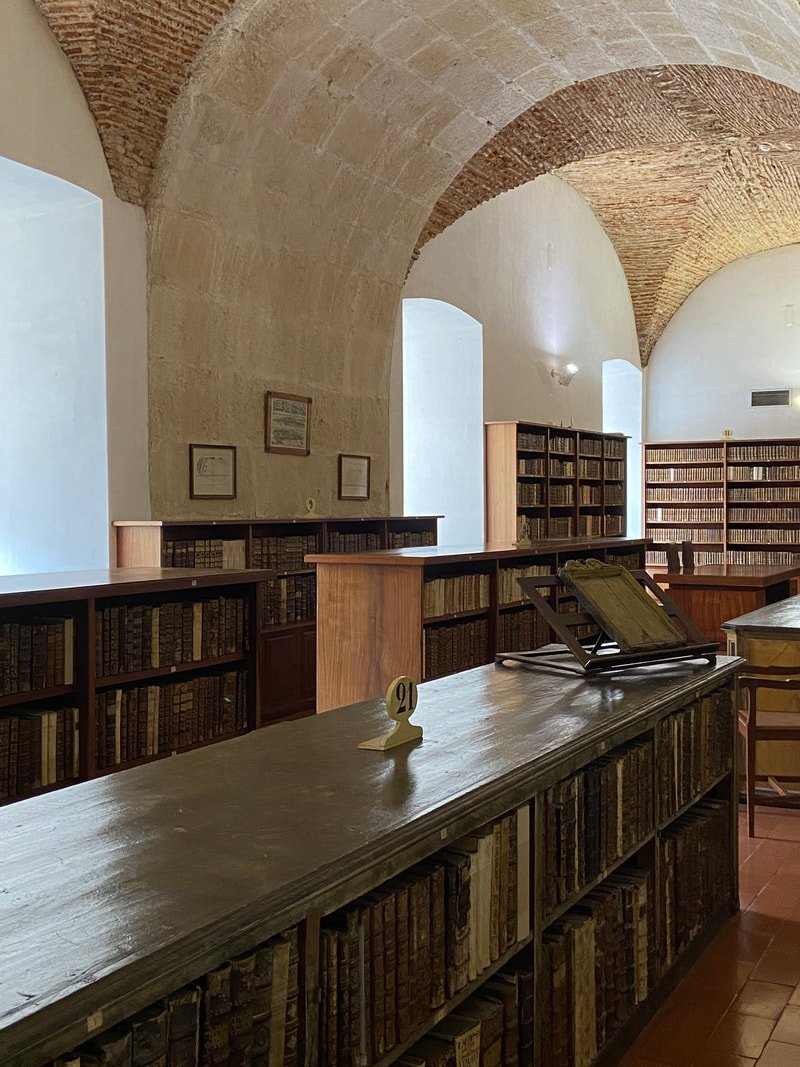
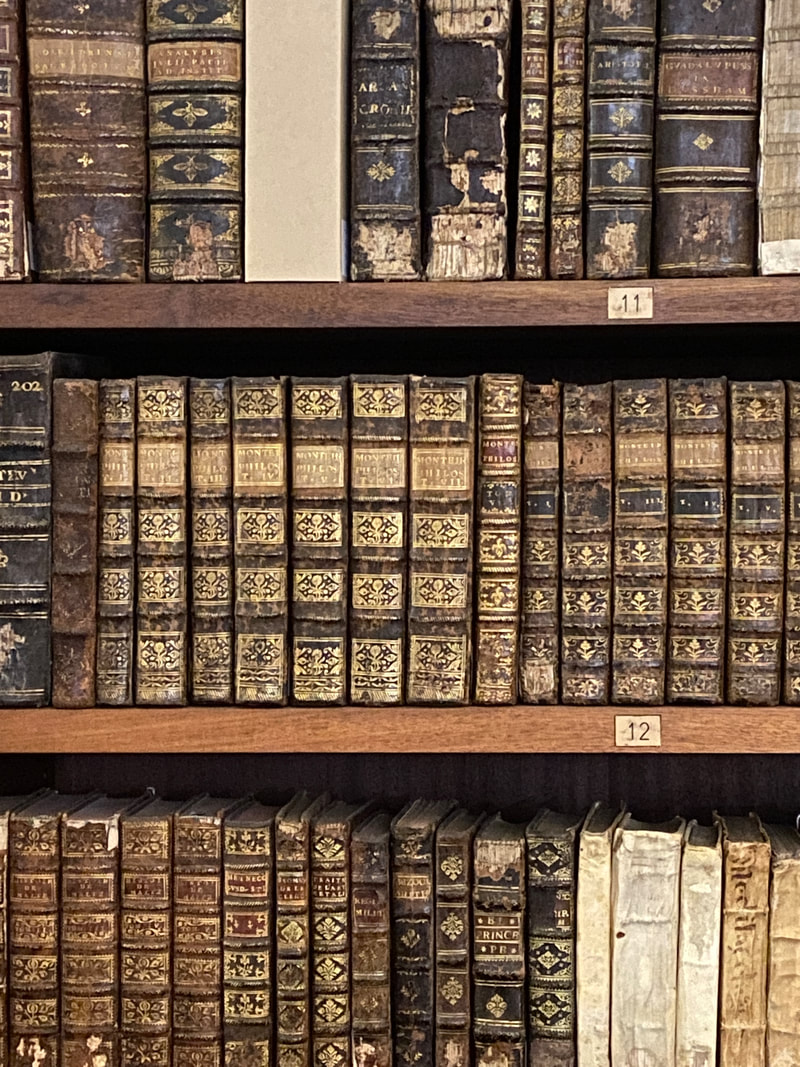
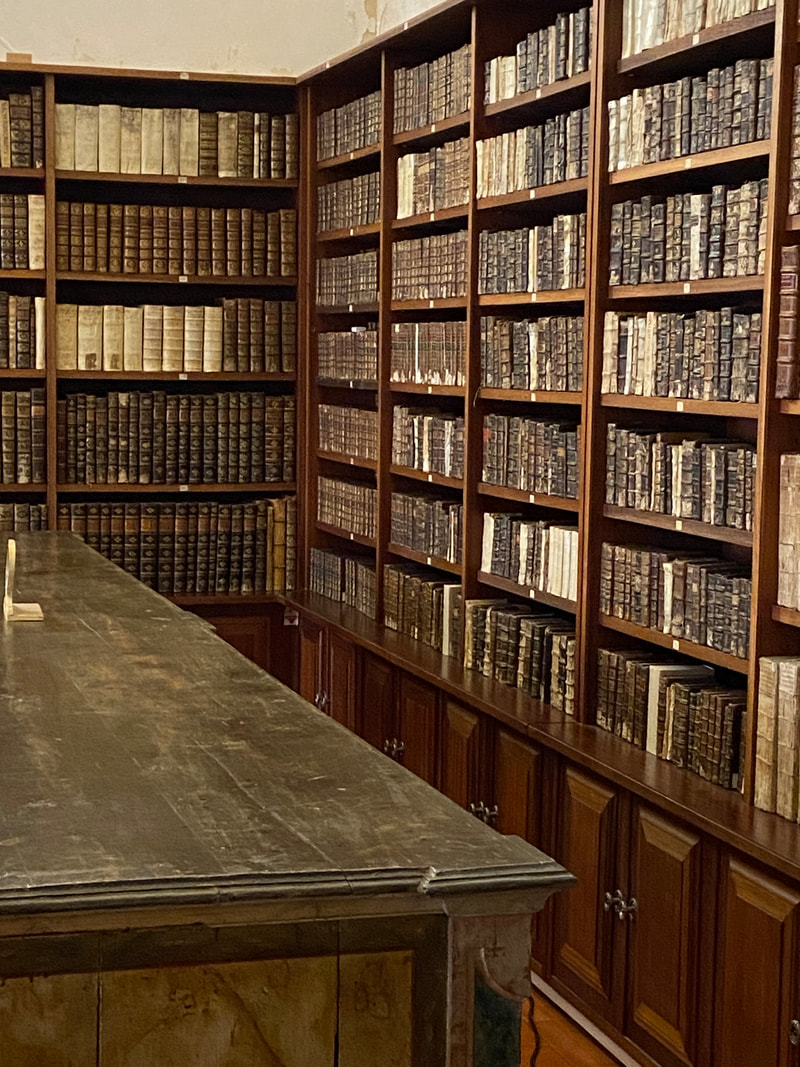

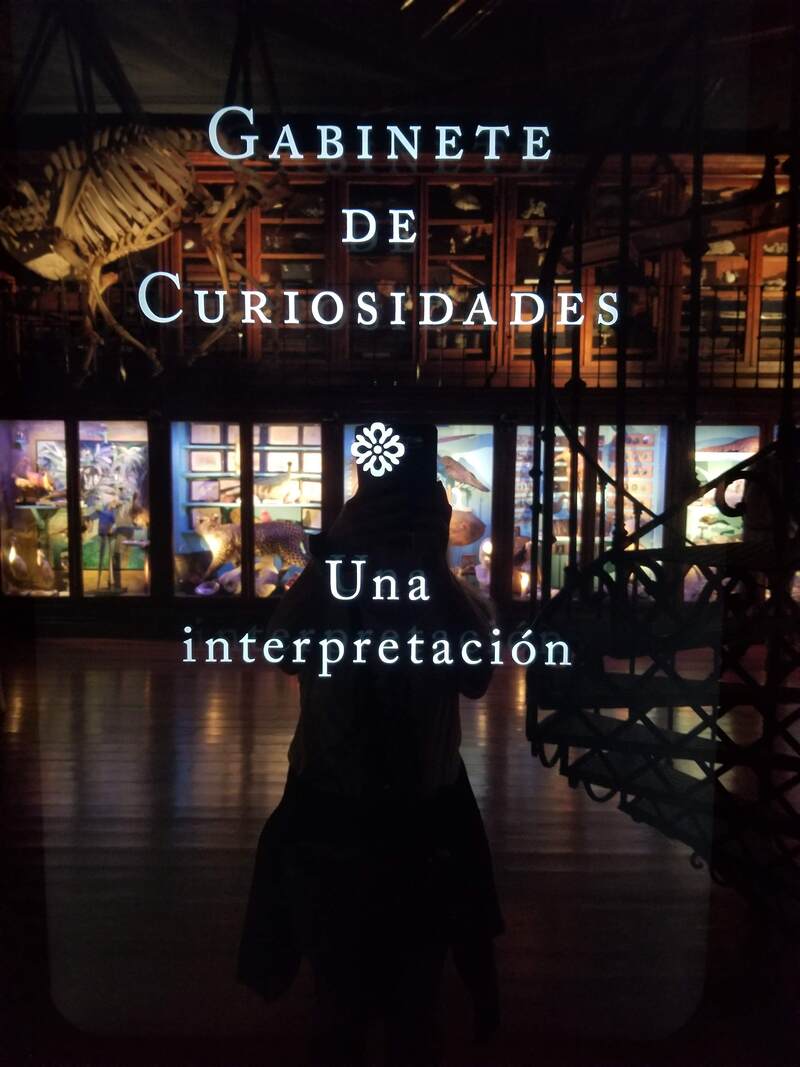

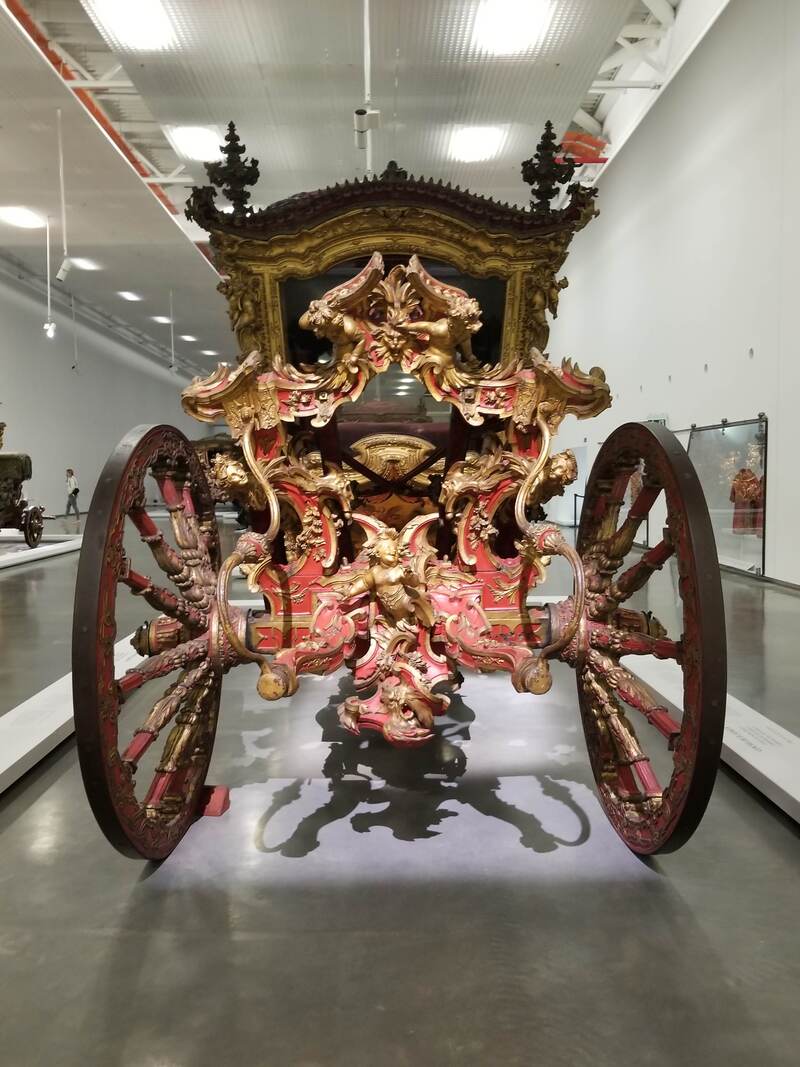
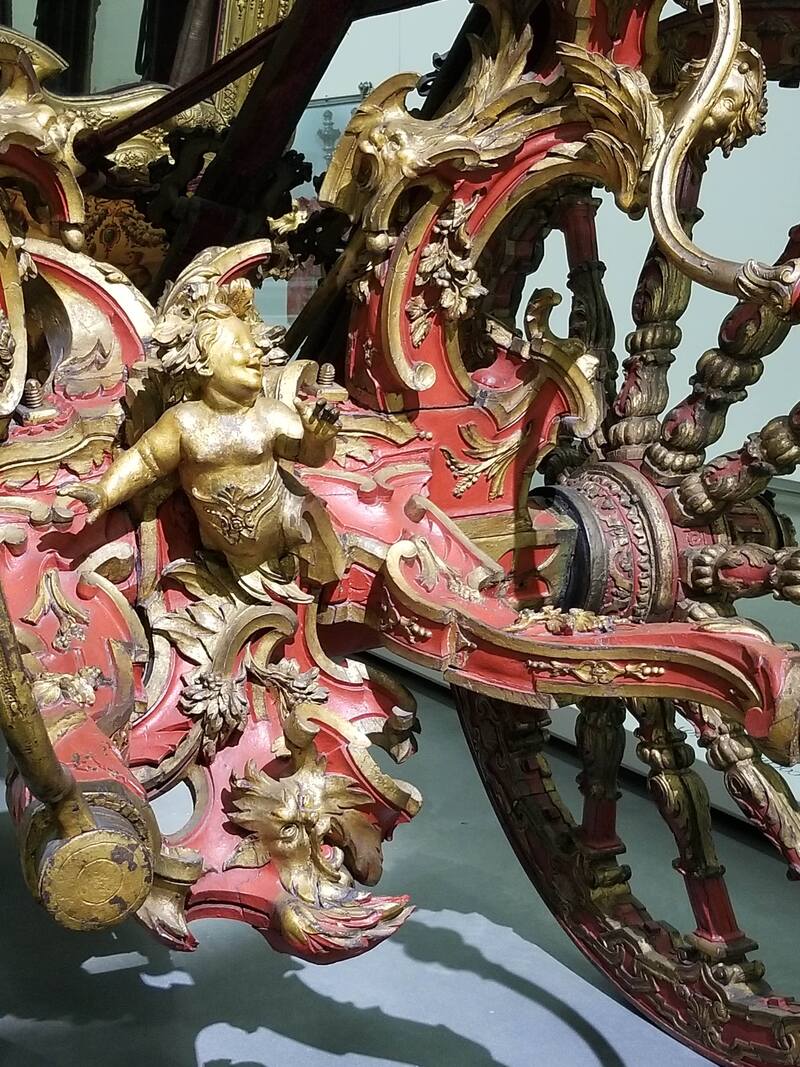
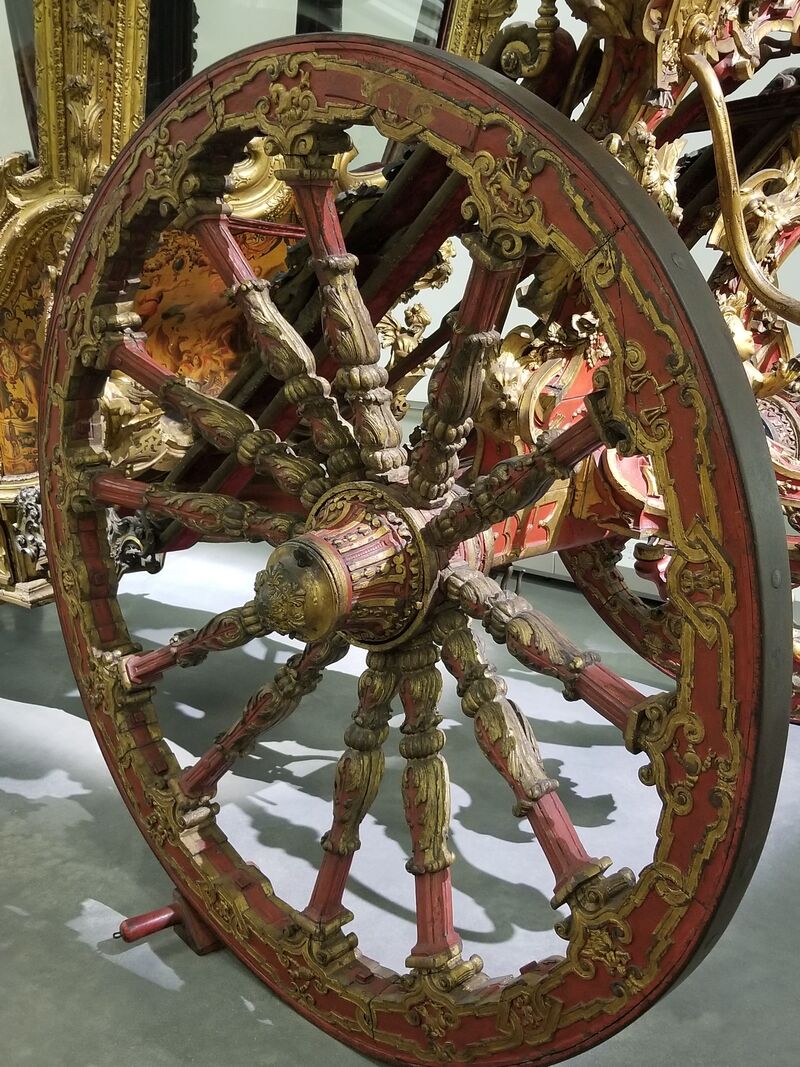
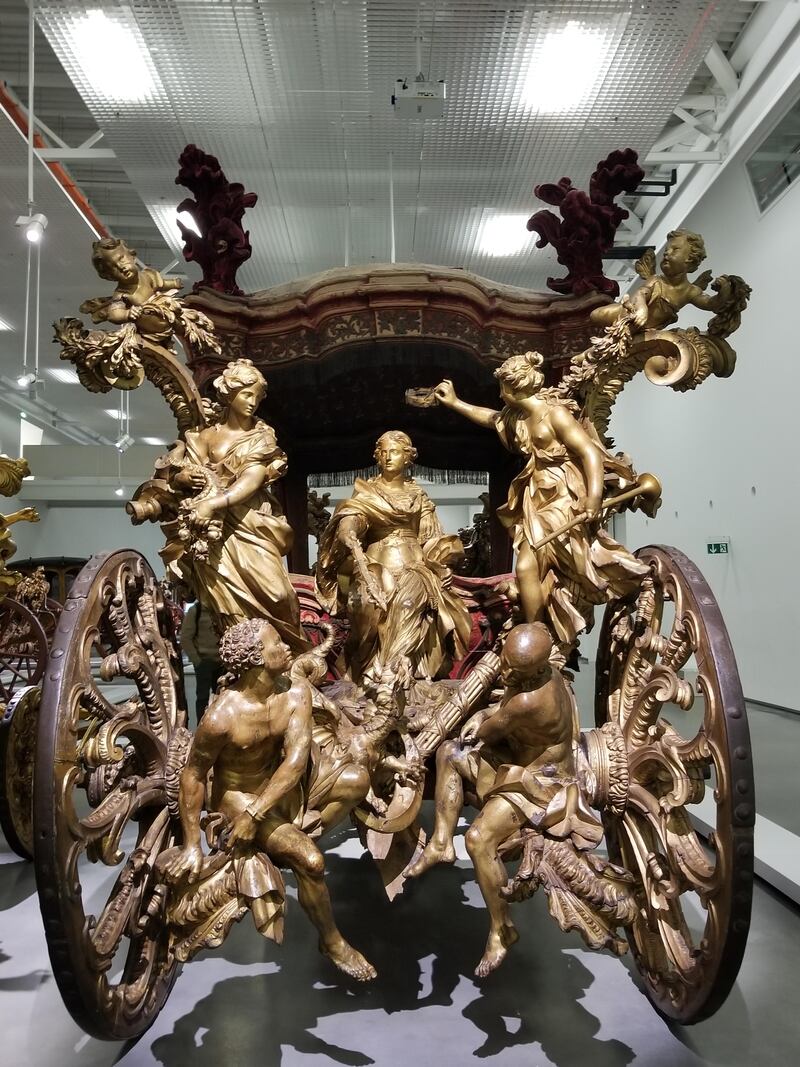
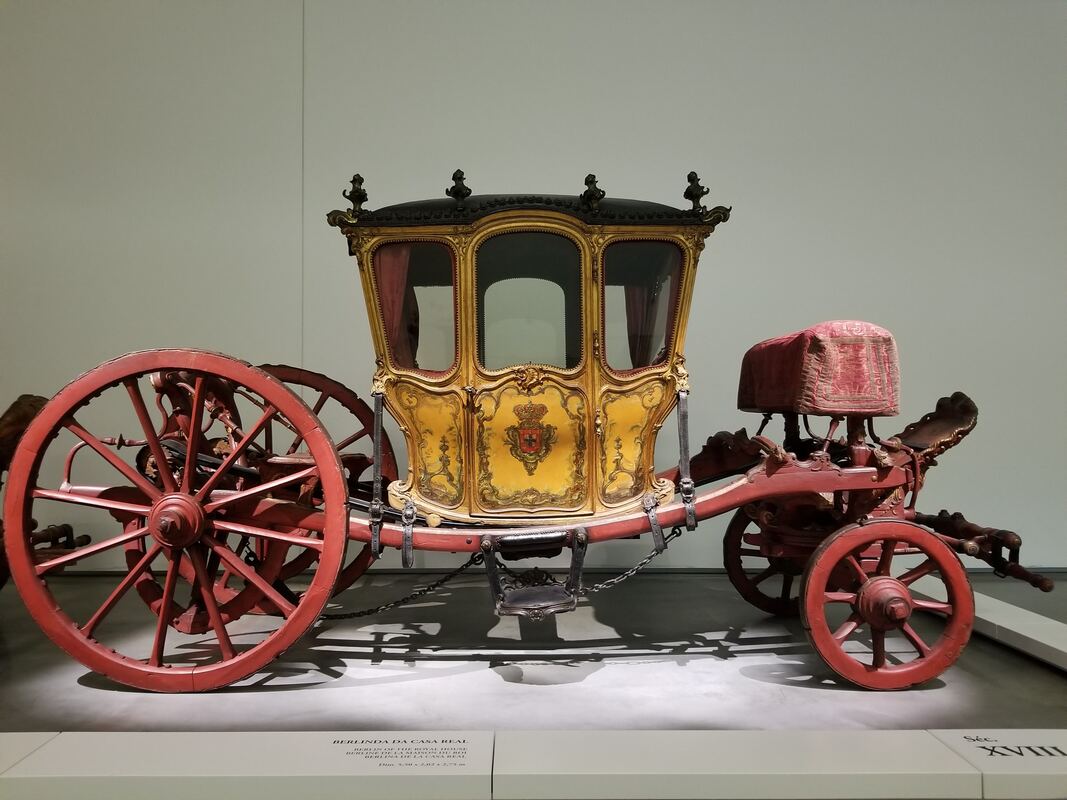
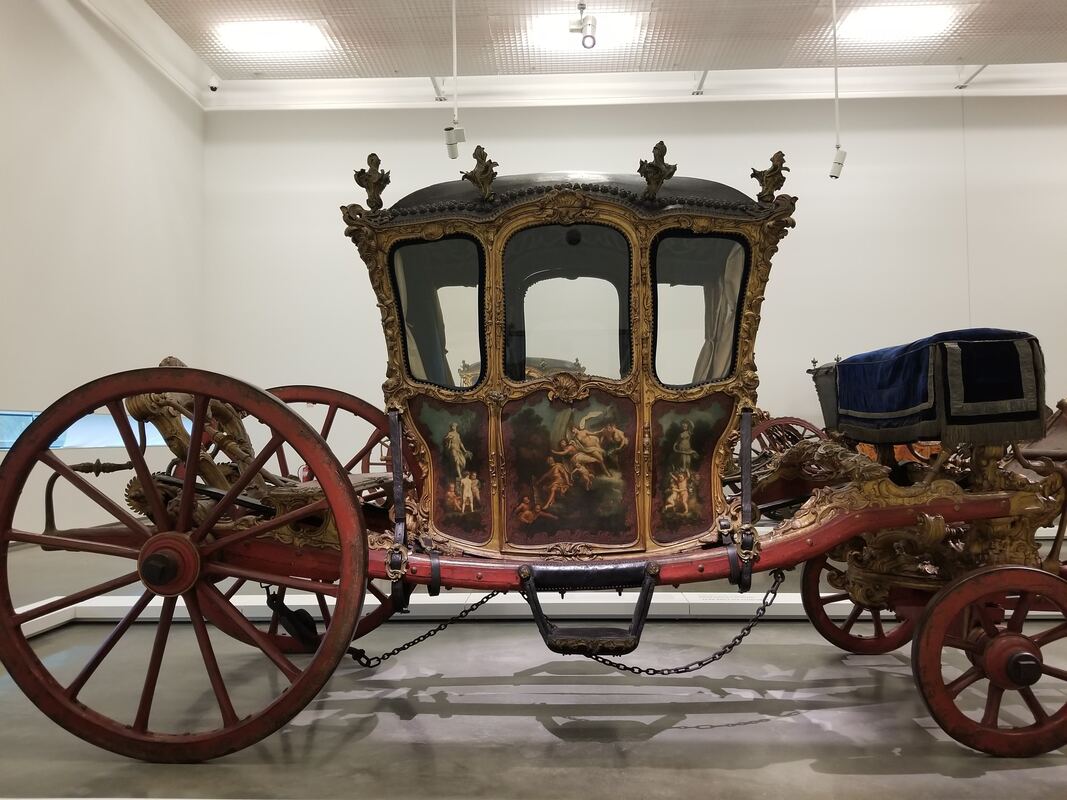
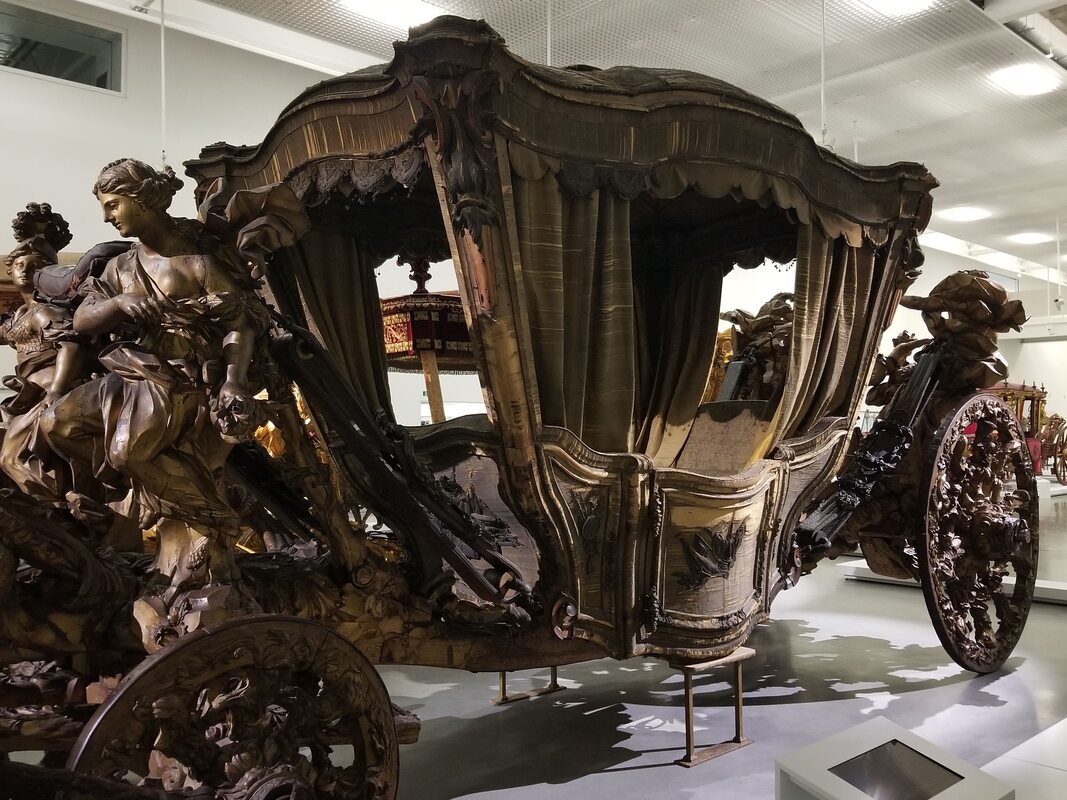
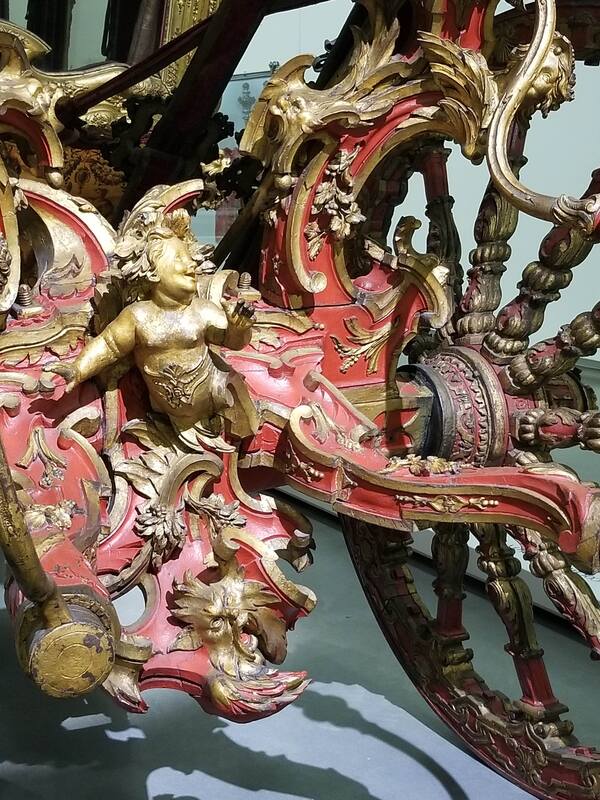
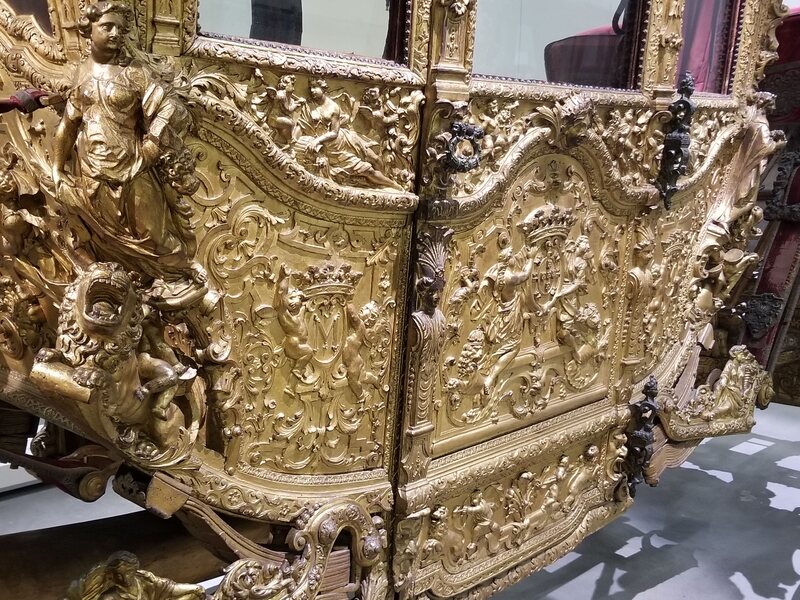
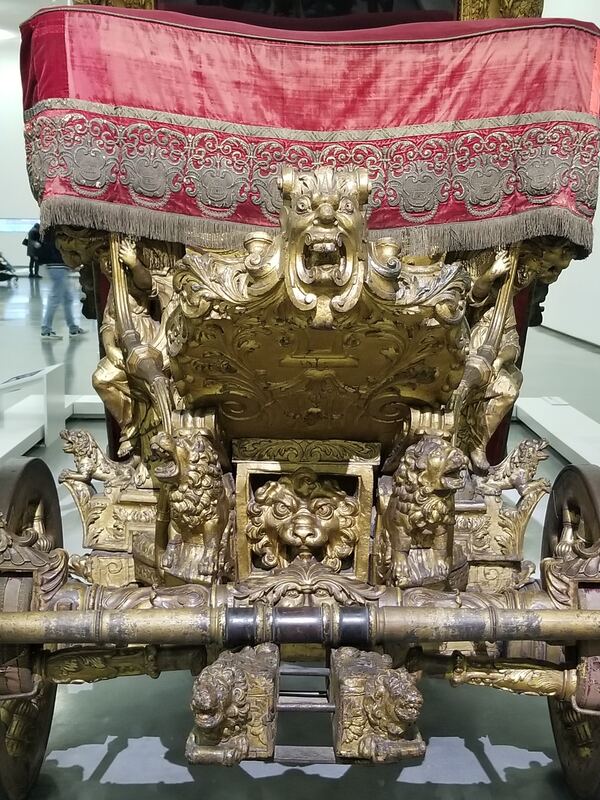
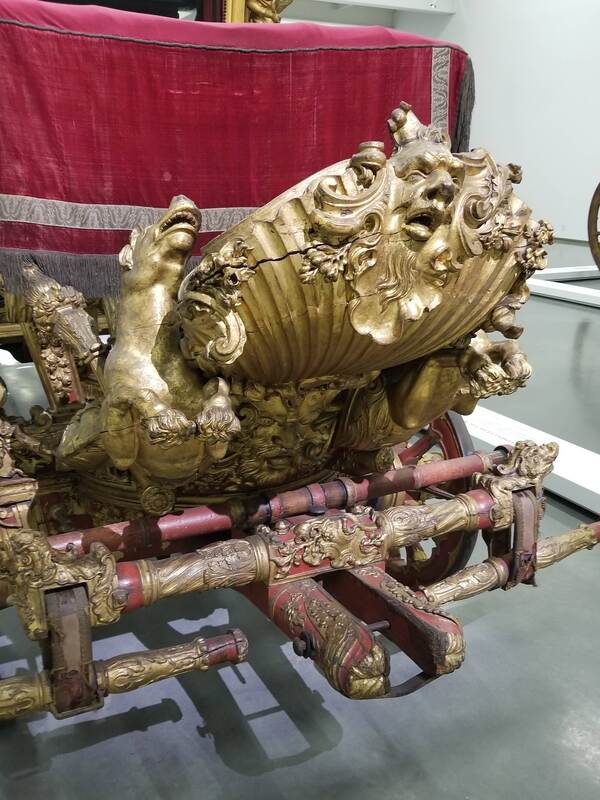
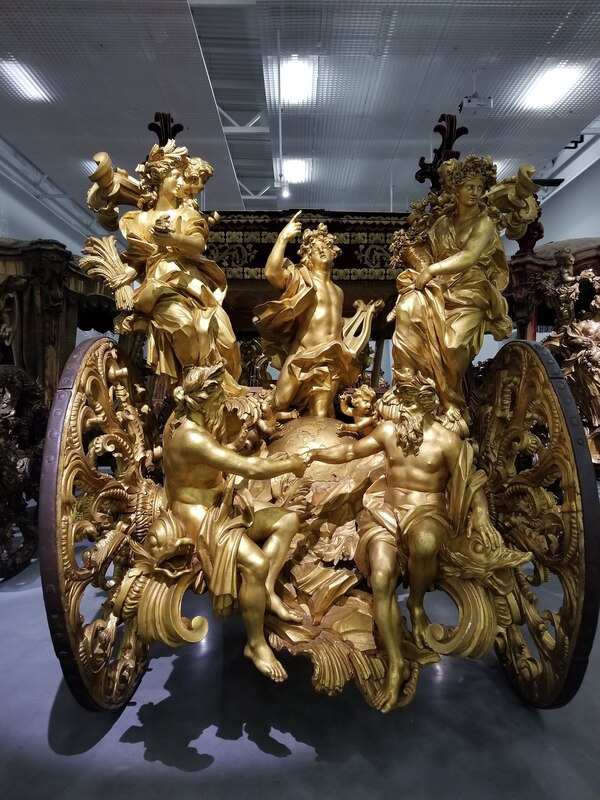
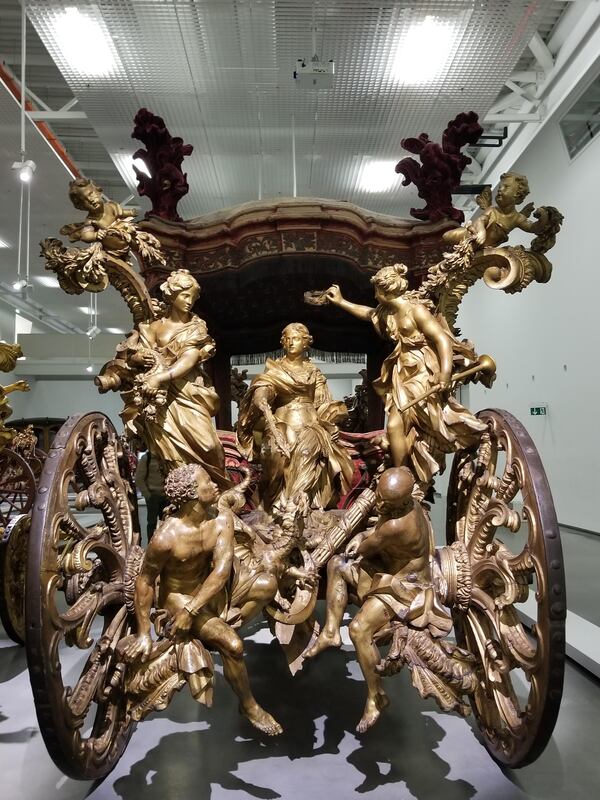
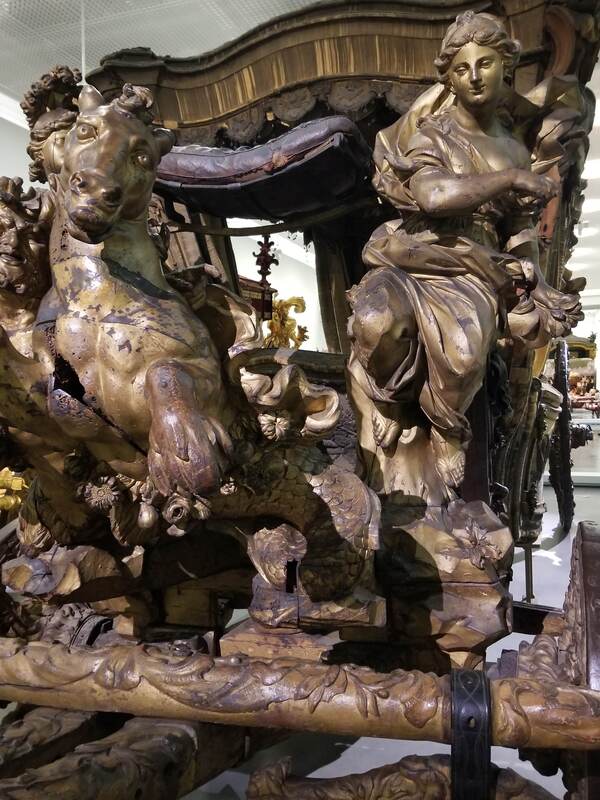
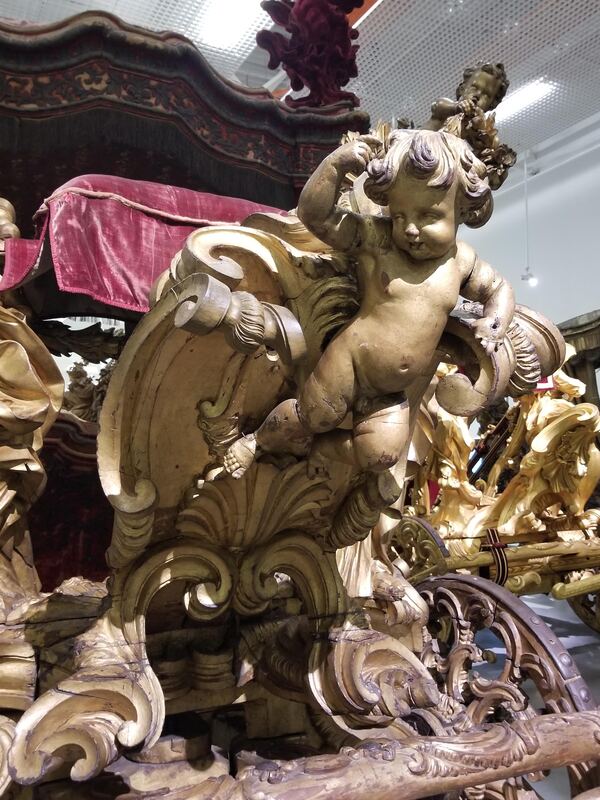
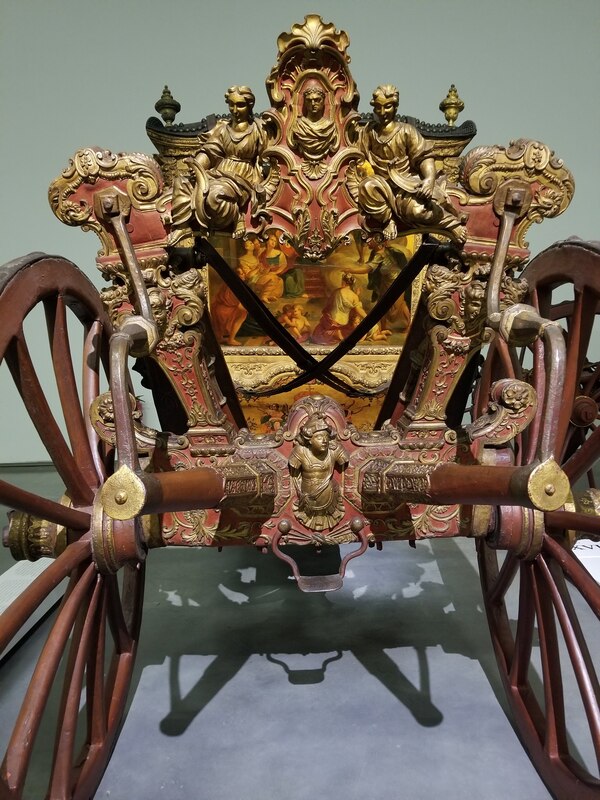
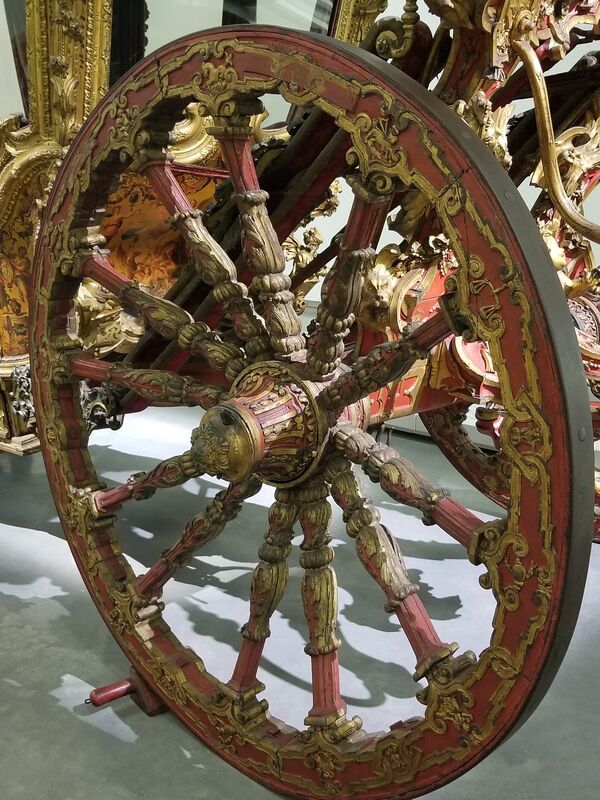
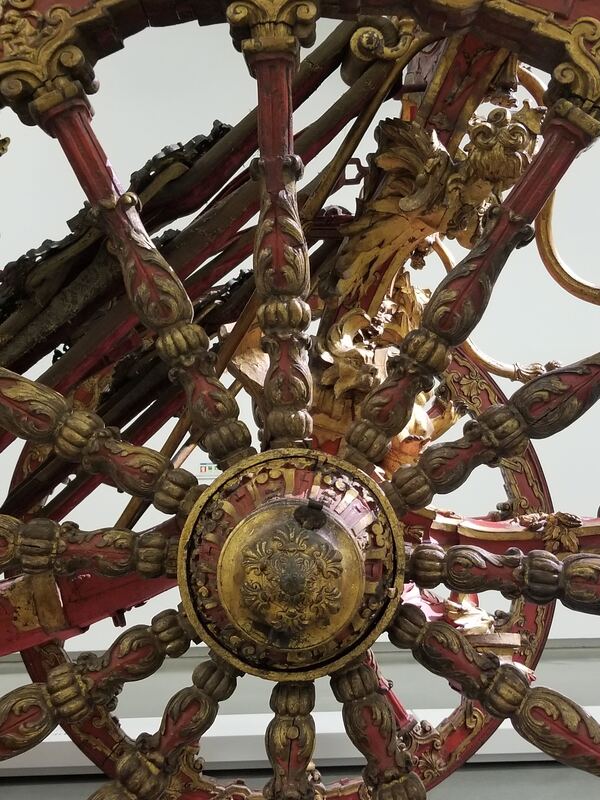
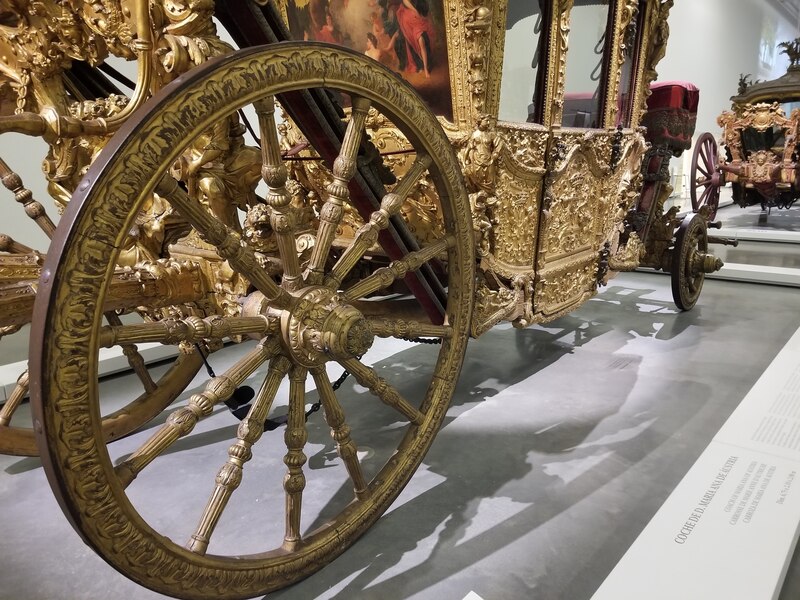
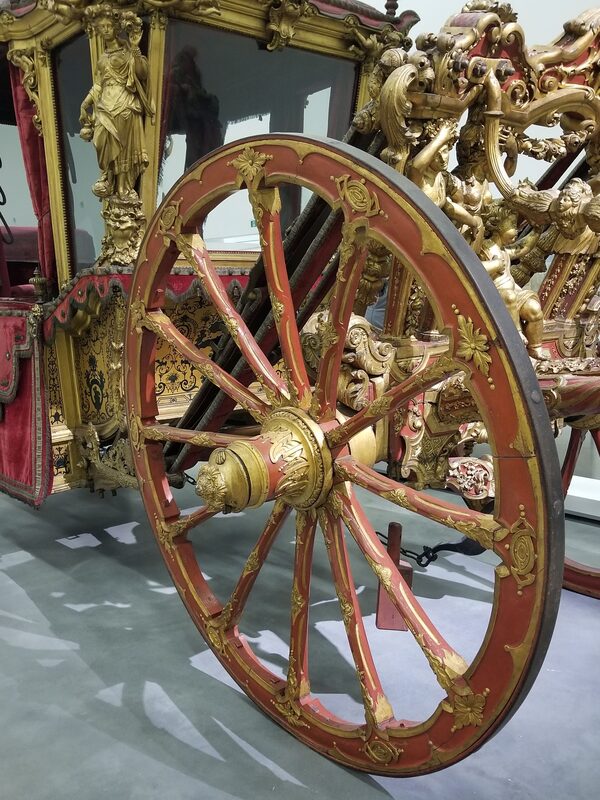
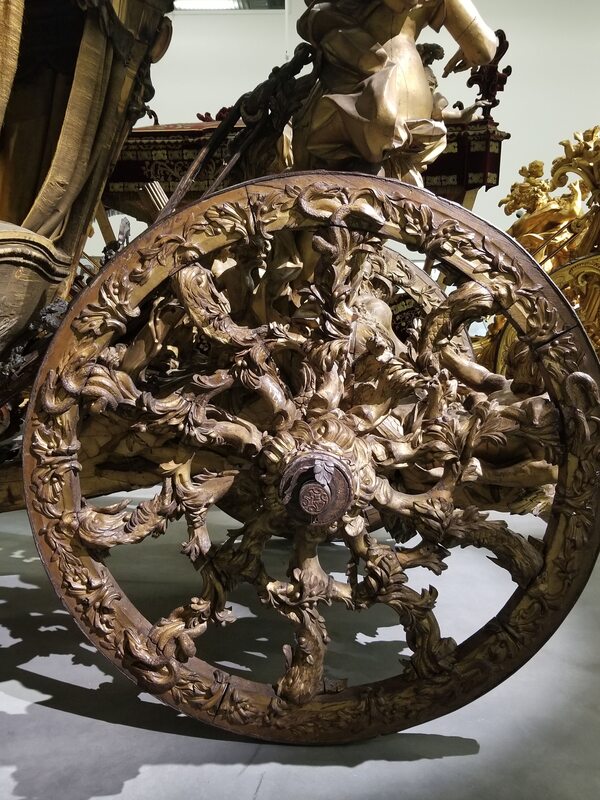
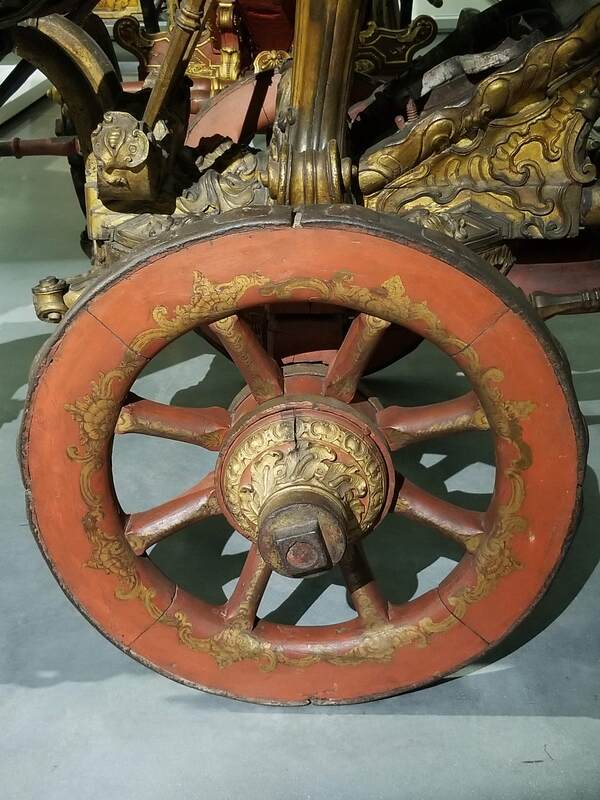
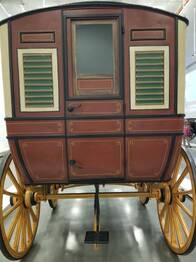
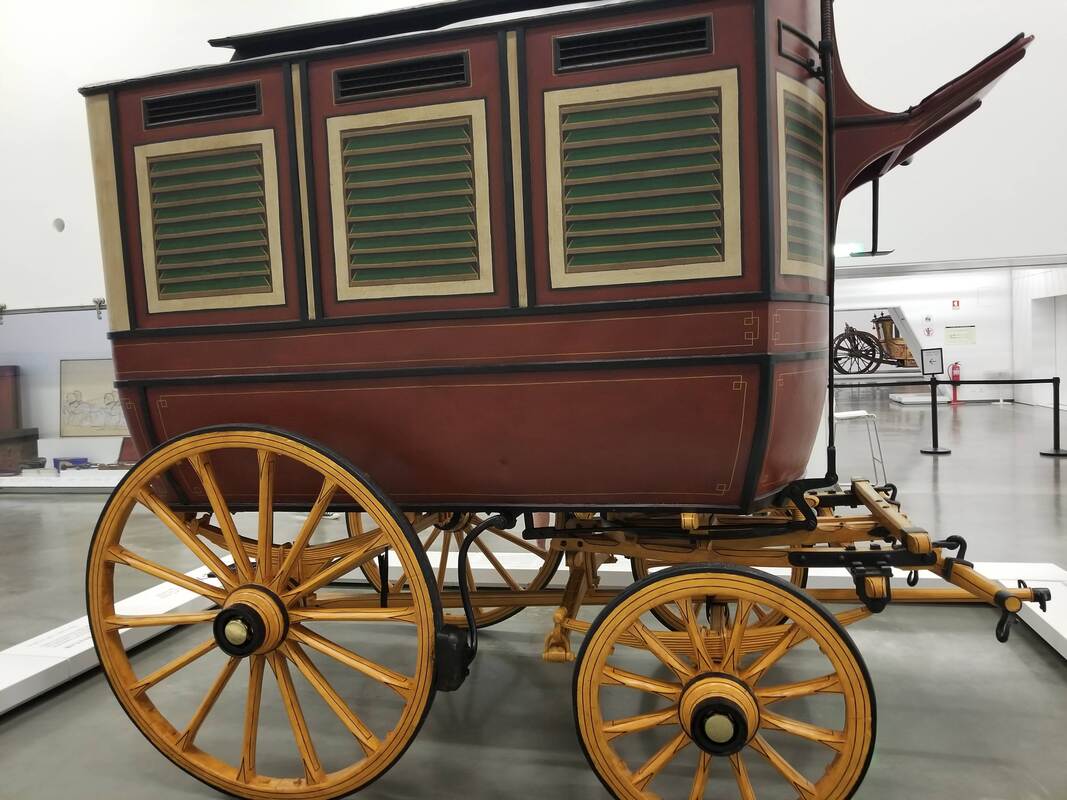
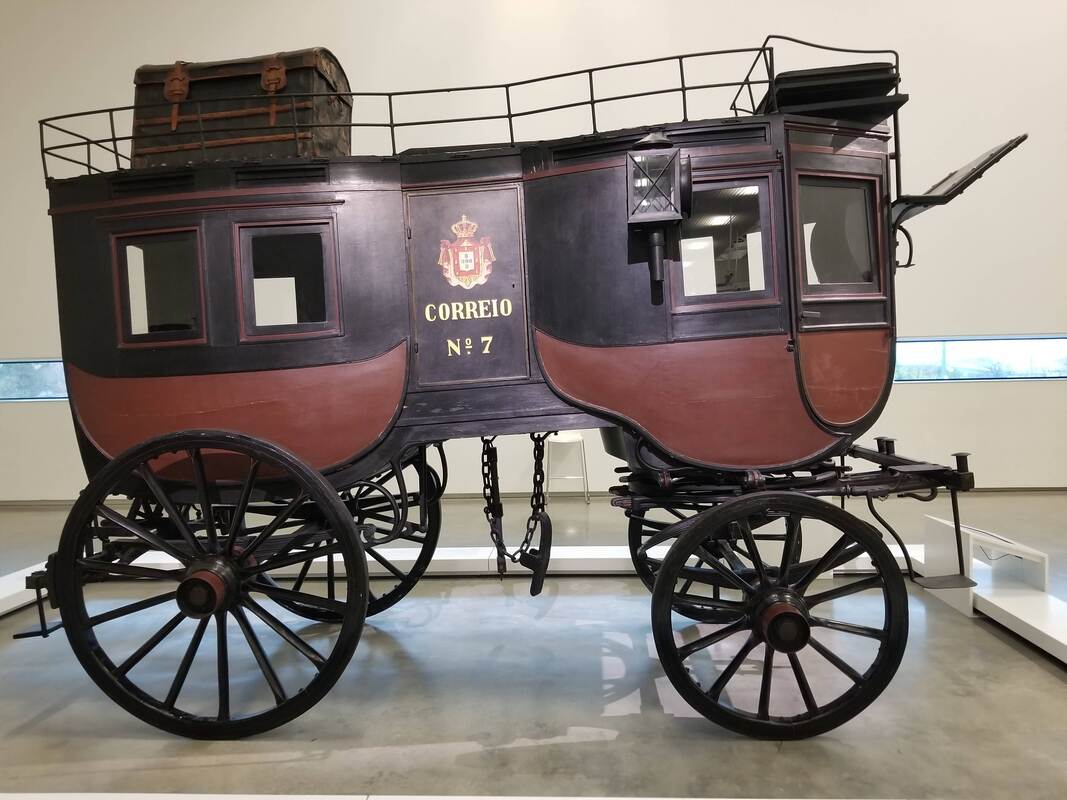
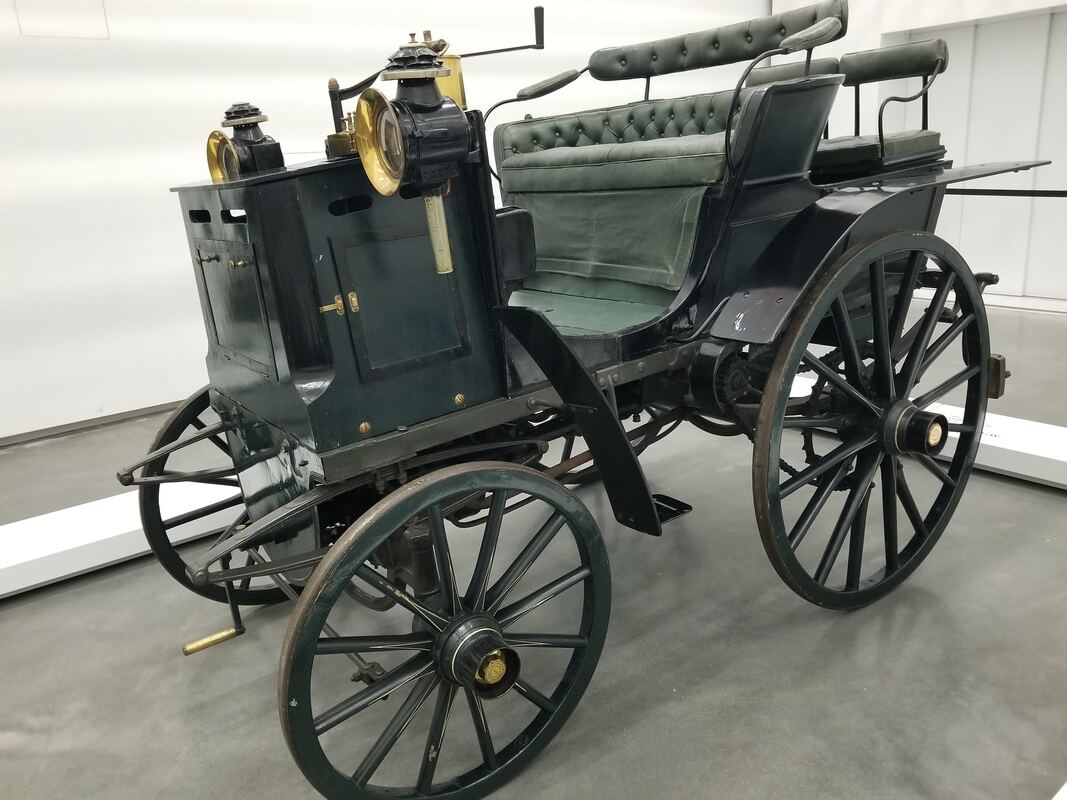


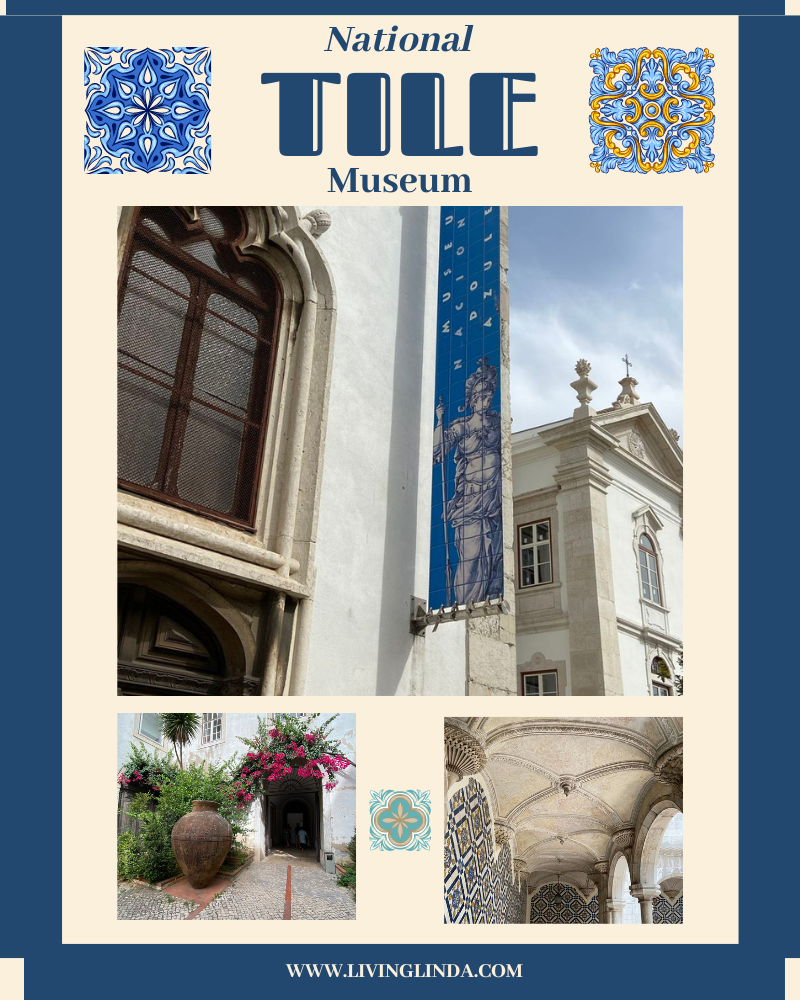
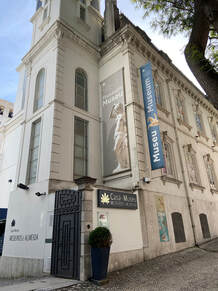

 RSS Feed
RSS Feed